نکته قابل توجه در این آموزش این است که تمامی فرامین و دستورات محیط CATIA در قالب مثال آموزش داده می شود...
محصولات مرتبط
CATIA V5-6 R2015 for Designers
یکی از آموزش های مرجع و کاربردی نرم افزار CATIA در زمینه های زیر می باشد:
- دو بعدی سازی (Sketcher)
- سه بعدی سازی (Part Design)
- مونتاژ قطعات و مجموعه های صنعتی (Assembly Design)
- نقشه کشی صنعتی (Drafting)
- طراحی ورقکاری (Generative Sheet Metal Design)
- سطح سازی پیشرفته (Wireframe & Surface Design)
- شبیه سازی مکانیزم ها (DMU Kinematics)
- ایجاد حجم از روی تصاویر (Free Style)
نکته قابل توجه در این آموزش این است که تمامی فرامین و دستورات محیط CATIA در قالب مثال آموزش داده می شود.
CATIA V5-6 R2015 for Designers مشتمل بر 1137 صفحه، 17 فصل، به زبان انگلیسی روان، تایپ شده، به همراه تصاویر رنگی، با فرمت PDF، به ترتیب زیر گردآوری شده است:
Chapter 1: Introduction to CATIA V5-6R2015
- Introduction to CATIA V5-6R2015
- CATIA V5 Workbenches
- System Requirements
- Getting Started with CATIA V5-6R2015
- Important Terms and Definitions
- Understanding the Functions of the Mouse Buttons in CATIA
- Toolbars
- Hot Keys
- Color Scheme
- Self-Evaluation Test
- Review Questions
Chapter 2: Drawing Sketches in the Sketcher Workbench-I
- The Sketcher Workbench
- Starting a New File
- Invoking the Sketcher Workbench
- Invoking the Sketcher Workbench Using the Sketch Tool
- Invoking the Sketcher Workbench Using the Positioned Sketch Tool
- Setting the Sketcher Workbench
- Modifying Units
- Modifying the Grid Settings
- Understanding Sketcher Terms
- Specification Tree
- Grid
- Snap to Point
- Construction/Standard Element
- Select Toolbar
- Inferencing Lines
- Drawing Sketches Using Sketcher Tools
- Drawing Lines
- Drawing Center Lines
- Drawing Rectangles, Oriented Rectangles, and Parallelograms
- Drawing Rectangles
- Creating Points
- Drawing Circles
- Drawing Arcs
- Drawing Profiles
- Drawing Display Tools
- Fit All In
- Pan
- Zoom In
- Zoom Out
- Zoom Area
- Normal View
- Create Multiview
- Hide/Show Geometric Elements
- Swap Visible Space
- Tutorial 1
- Tutorial 2
- Tutorial 3
- Tutorial 4
- Self-Evaluation Test
- Review Questions
- Exercise 1
- Exercise 2
- Exercise 3
- Exercise 4
Chapter 3: Drawing Sketches in the Sketcher Workbench-II
- Other Sketching Tools in the Sketcher Workbench
- Drawing Conics
- Drawing Splines
- Connecting Two Elements by a Spline or an Arc
- Drawing Elongated Holes
- Drawing Cylindrical Elongated Holes
- Drawing Keyhole Profiles
- Drawing Polygons
- Drawing Centered Rectangles
- Drawing Centered Parallelograms
- Editing and Modifying Sketches
- Trimming Unwanted Sketched Elements
- Extending Sketched Elements
- Breaking Elements
- Closing Elements
- Trimming by Using the Quick Trim Tool
- Filleting Sketched Elements
- Creating a Tangent Arc
- Chamfering Sketched Elements
- Mirroring Sketched Elements
- Mirroring Elements without Duplication
- Translating Sketched Elements
- Rotating Sketched Elements
- Scaling Sketched Elements
- Offsetting Sketched Elements
- Modifying Sketched Elements
- Deleting Sketched Elements
- Tutorial 1
- Tutorial 2
- Tutorial 3
- Self-Evaluation Test
- Review Questions
- Exercise 1
- Exercise 2
- Exercise 3
- Exercise 4
- Exercise 5
Chapter 4: Constraining Sketches and Creating Base Features
- Constraining Sketches
- Concept of Constrained Sketches
- Iso-Constraint
- Under-Constraint
- Over-Constrained
- Inconsistent
- Not Changed
- Applying Constraints
- Applying Geometrical Constraints Automatically
- Applying Additional Constraints to the Sketch
- Applying Dimensional Constraints
- Applying Contact Constraints
- Applying Fix Together Constraints
- Applying Auto Constraints
- Animate Constraints
- Editing Multiple Dimensions
- Analyzing and Deleting Over-Defined Constraints
- Analyzing Sketch using the Sketch Analysis Tool
- Exiting the Sketcher Workbench
- Creating Base Features by Extrusion
- Creating a Thin Extruded Feature
- Extruding the Sketch Using the Profile Definition Dialog Box
- Extruding the Sketch along a Directional Reference
- Creating Base Features By Revolving Sketches
- Creating Thin Shaft Features
- Dynamically Rotating the View of the Model
- Rotating the View Using the Rotate Tool
- Rotating the View Using the Compass
- Modifying the View Orientation
- Display Modes of the Model
- Shading (SHD)
- Shading with Edges
- Shading with Edges without Smooth Edges
- Shading with Edges and Hidden Edges
- Shading with Material
- Wireframe (NHR)
- Customize View Parameters
- Creating Sections Dynamically
- Maneuvering the Section Plane
- Position of Section Planes
- Assigning a Material to the Model
- Tutorial 1
- Tutorial 2
- Self-Evaluation Test
- Review Questions
- Exercise 1
- Exercise 2
- Exercise 3
- Exercise 4
Chapter 5: Reference Elements and Sketch-Based Features
- Importance of Sketching Planes
- Reference Elements
- Reference Planes
- Creating New Planes
- Creating Points
- Creating Reference Lines
- Other Sketch-Based Features
- Creating Drafted Filleted Pad Features
- Creating Multi-Pad Features
- Feature Termination Options
- Creating Pocket Features
- Creating Drafted Filleted Pocket Features
- Creating Multi-Pocket Features
- Creating Groove Features
- Extruding and Revolving Planar and Non-planar Faces
- Projecting 3D Elements
- Tutorial 1
- Tutorial 2
- Tutorial 3
- Tutorial 4
- Tutorial 5
- Self-Evaluation Test
- Review Questions
- Exercise 1
- Exercise 2
- Exercise 3
- Exercise 4
Chapter 6: Creating Dress-Up and Hole Features
- Advanced Modeling Tools
- Creating Hole Features
- Creating Fillets
- Creating Chamfers
- Adding a Draft to the Faces of the Model
- Creating a Shell Feature
- Adding Thickness
- Removing Faces
- Replacing Faces
- Tutorial 1
- Tutorial 2
- Self-Evaluation Test
- Review Questions
- Exercise 1
- Exercise 2
- Exercise 3
Chapter 7: Editing Features
- Editing Features of a Model
- Editing Using the Definition Option
- Editing by Double-Clicking
- Editing the Sketch of a Sketch-Based Feature
- Redefining the Sketch Plane of Sketches
- Deleting Unwanted Features
- Managing Features and Sketches by using the Cut, Copy, and Paste Functionalities
- Understanding the Concept of Update Diagnosis
- Cut, Copy, and Paste Features and Sketches
- Copying Features Using Drag and Drop
- Copying and Pasting PartBodies
- Deactivating Features
- Activating Deactivated Features
- Defining Features in Work Object
- Reordering Features
- Understanding the Parent-Child Relationships
- Measuring Elements
- Measuring between Elements
- Measuring Items
- Measuring Inertia
- Tutorial 1
- Tutorial 2
- Tutorial 3
- Self-Evaluation Test
- Review Questions
- Exercise 1
- Exercise 2
- Exercise 3
Chapter 8: Transformation Features and Advanced Modeling Tools-I
- Transformation Features
- Translating the Bodies
- Rotating the Bodies
- Creating the Symmetry Features
- Transforming the Axis System
- Mirroring the Features and Bodies
- Creating Rectangular Patterns
- Creating Circular Patterns
- Creating User Patterns
- Uniform Scaling of Models
- Non-uniform Scaling of Models
- Working with Additional Bodies
- Inserting a New Body
- Inserting Features in the New Body
- Applying Boolean Operations to BodiesAdding Stiffeners to a Model
- Generating Solid Combine
- Tutorial 1
- Tutorial 2
- Self-Evaluation Test
- Review Questions
- Exercise 1
- Exercise 2
- Exercise 3
Chapter 9: Advanced Modeling Tools-II
- Advanced Modeling Tools
- Creating Rib Features
- Creating Slot Features
- Creating Multi-Sections Solid Features
- Creating the Multi-Section Solid Cut Feature
- Tutorial 1
- Tutorial 2
- Tutorial 3
- Tutorial 4
- Self-Evaluation Test
- Review Questions
- Exercise 1
- Exercise 2
Chapter 10: Working with the Wireframe and Surface Design Workbench
- Need of Surface Modeling
- Wireframe and Surface Design Workbench
- Starting the Wireframe and Surface Design Workbench
- Creating Wireframe Elements
- Creating Circles
- Creating Splines
- Creating a Helix
- Creating Surfaces
- Creating Extruded Surfaces
- Creating Revolved Surfaces
- Creating Spherical Surfaces
- Creating Cylindrical Surfaces
- Creating Offset Surfaces
- Creating Sweep Surfaces
- Creating Fill Surfaces
- Creating Multi-Section SurfacesCreating Blended Surfaces
- Operations on Shape Geometry
- Joining Surfaces
- Splitting Surfaces
- Trimming Surfaces
- Tutorial 1
- Tutorial 2
- Self-Evaluation Test
- Review Questions
- Exercise 1
- Exercise 2
Chapter 11: Editing and Modifying Surfaces
- Surface Operation
- Creating Projection Curves
- Creating Intersection Elements
- Healing Geometries
- Disassembling Elements
- Untrimming a Surface or a Curve
- Creating Boundary Curves
- Extracting Geometry
- Transformation
- Extrapolating Surfaces and Curves
- Splitting a Solid Body with a Surface
- Solidifying Surface Models
- Adding Thickness to a Surface
- Creating a Solid Body from a Closed Surface Body
- Sewing a Surface to a Solid Body
- Tutorial 1
- Tutorial 2
- Self-Evaluation Test
- Review Questions
- Exercise 1
Chapter 12: Assembly Modeling
- Assembly Modeling
- Types of Assembly Design Approaches
- Creating Bottom-up Assemblies
- Inserting Components in a Product file
- Moving Individual Components
- Applying Constraints
- Creating Top-down Assemblies
- Creating Base Part in the Top-Down Assembly
- Creating Subsequent Components in the Top-Down Assembly
- Creating Subassemblies in the Top-Down Assembly
- Editing Assemblies
- Deleting Components
- Replacing Components
- Editing Components Inside an Assembly
- Editing Subassemblies Inside an Assembly
- Editing Assembly Constraints
- Simplifying the Assembly
- Interference Detection
- Sectioning an Assembly
- Exploding an Assembly
- Tutorial 1
- Tutorial 2
- Self-Evaluation Test
- Review Questions
- Exercise 1
Chapter 13: Working with the Drafting Workbench-I
- The Drafting Workbench
- Starting a New File in the Drafting Workbench
- Type of Views
- Generating Drawing Views
- Generating Views Automatically
- Generating Individual Drawing Views
- Generating the Exploded View
- Working with Interactive Drafting in CATIA V5
- Editing and Modifying Drawing Views
- Changing the Scale of Drawing Views
- Modifying the Project Plane of the Parent View
- Deleting Drawing Views
- Rotating Drawing Views
- Hiding Drawing Views
- Modifying the Hatch Pattern of Section Views
- Tutorial 1
- Tutorial 2
- Self-Evaluation Test
- Review Questions
- Exercise 1
Chapter 14: Working with the Drafting Workbench-II
- Inserting Sheets in the Current File
- Inserting the Frame and the Title Block
- Automatic Insertion of the Frame and the Title Block
- Creating the Frame and the Title Block Manually
- Adding Annotations to the Drawing Views
- Generating Dimensions
- Adding Reference Dimensions
- Adding Datum Features
- Adding Geometric Tolerance to the Drawing Views
- Adding Surface Finish Symbols
- Adding Welding Symbols
- Applying Weld
- Editing Annotations
- Generating the Bill of Material (BOM)
- Generating Balloons
- Tutorial 1
- Tutorial 2
- Self-Evaluation Test
- Review Questions
- Exercise 1
Chapter 15: Working with Sheet Metal Components
- The Sheet metal Component
- Starting a New File in Generative Sheet Metal Workbench
- Setting Sheet Metal Parameters
- Parameters Tab
- Bend Extremities Tab
- Bend Allowance Tab
- Introduction to Sheet Metal Walls
- Creating the Base Wall
- Creating the Wall On Edge
- Creating Extrusions
- Creating Swept Walls
- Creating Flanges on the Sheet Metal Component
- Creating Hems on the Sheet Metal Component
- Creating a Tear Drop on the Sheet Metal Component
- Creating a User Flange on the Sheet Metal Component
- Creating a Bend
- Creating a Conical Bend
- Bend From Flat
- Creating Rolled Walls
- Creating a Hopper Wall
- Creating a Rolled Wall
- Folding and Unfolding Sheet Metal PartsUnfolding Sheet Metal Parts
- Folding Unfolded Parts
- Mapping the Geometry
- Creating Flat Patterns of Sheet Metal Components
- Viewing a Sheet Metal Component in Multiple Windows
- Using Views Management
- Stamping
- Creating a Surface Stamp
- Creating a Bead Stamp
- Creating a Curve Stamp
- Creating a Flanged Cut Out Stamp
- Creating a Louver Stamp
- Creating a Bridge Stamp
- Creating a Flanged Hole Stamp
- Creating a Circular Stamp
- Creating a Stiffening Rib Stamp
- Creating a Dowel Stamp
- Tutorial 1
- Tutorial 2
- Tutorial 3
- Tutorial 4
- Self-Evaluation Test
- Review Questions
- Exercise 1
Chapter 16: DMU Kinematics
- Introduction to DMU Kinematics
- Designing a Mechanism
- Creating the Revolute Joint
- Creating the Prismatic Joint
- Creating the Cylindrical Joint
- Creating the Screw Joint
- Creating the Rigid Joint
- Creating the Spherical Joint
- Creating the Planar Joint
- Creating the Point Curve Joint
- Creating the Slide Curve Joint
- Creating the Roll Curve Joint
- Creating the Point Surface Joint
- Creating the Universal Joint
- Creating the CV Joint
- Creating the Gear Joint
- Creating the Rack Joint
- Creating the Cable Joint
- Converting Assembly Constraints into Joints
- Tutorial 1
- Tutorial 2
- Tutorial 3
- Tutorial 4
- Tutorial 5
- Self-Evaluation Test
- Review Questions
- Exercise 1
- Exercise 2
Chapter 17: Working with the FreeStyle Workbench
- The FreeStyle Workbench
- Starting a New FreeStyle File
- Setting the FreeStyle Workbench
- Creating Surfaces
- Patches Sub-toolbar
- Extrude Surface
- Revolve
- Offset
- Styling Extrapolate
- FreeStyle Blend Surface
- Styling Fillet
- Fills Sub-toolbar
- Net Surface
- Styling Sweep
- Modifying Surfaces
- Symmetry
- Control Points
- Match
- Tutorial 1
- Self-Evaluation Test
- Review Questions
- Exercise 1

جهت خرید آموزش CATIA V5-6 R2015 for Designers به مبلغ فقط 20000 تومان و دانلود آن بر لینک افزودن به سبد خرید در پنجره بالا کلیک نمایید.
!!لطفا قبل از خرید از فرشگاه اینترنتی برتر فایل قیمت محصولات ما را با سایر فروشگاه ها و محصولات آن ها مقایسه نمایید!!


 فقط پیامک (09010609492)
فقط پیامک (09010609492)

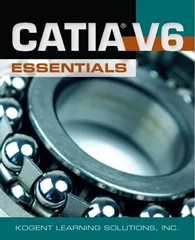
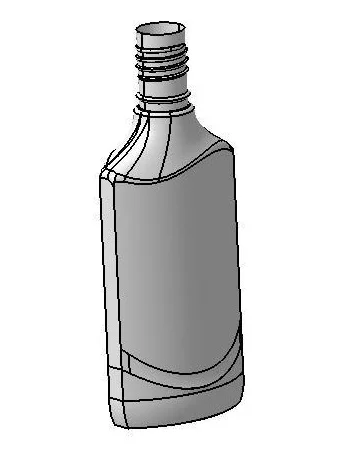
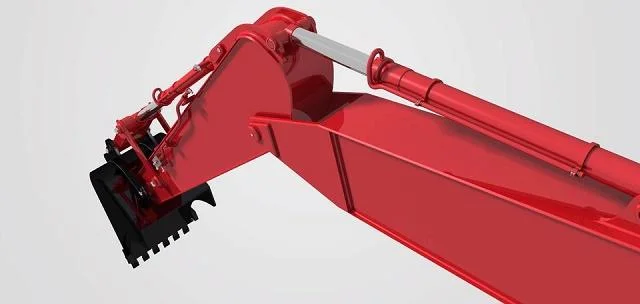

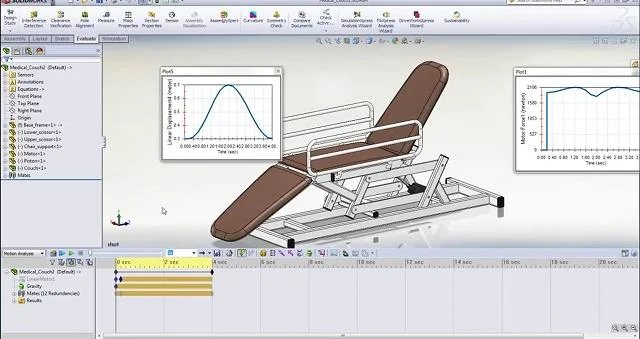
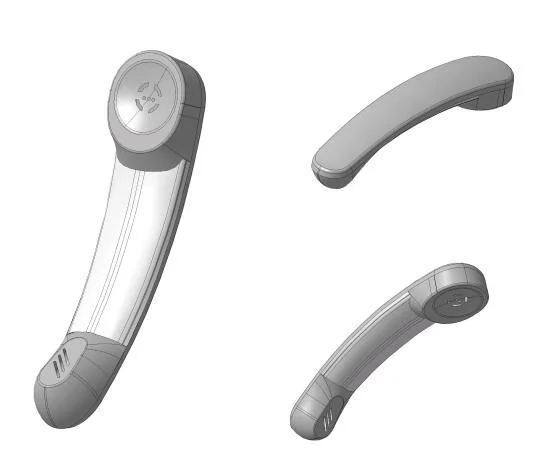

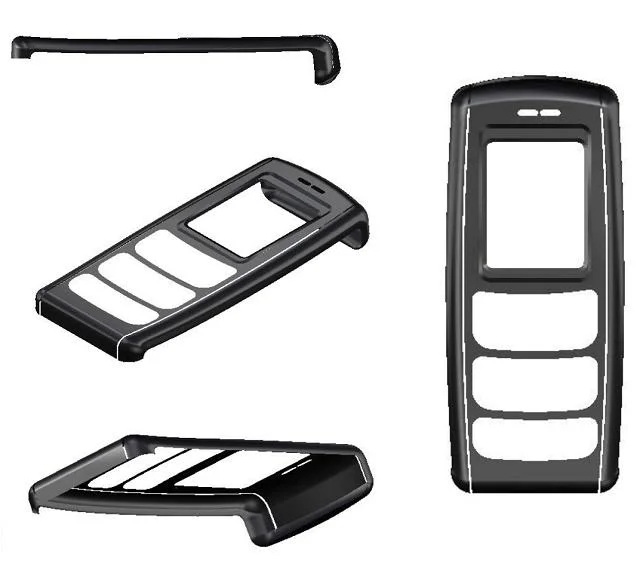
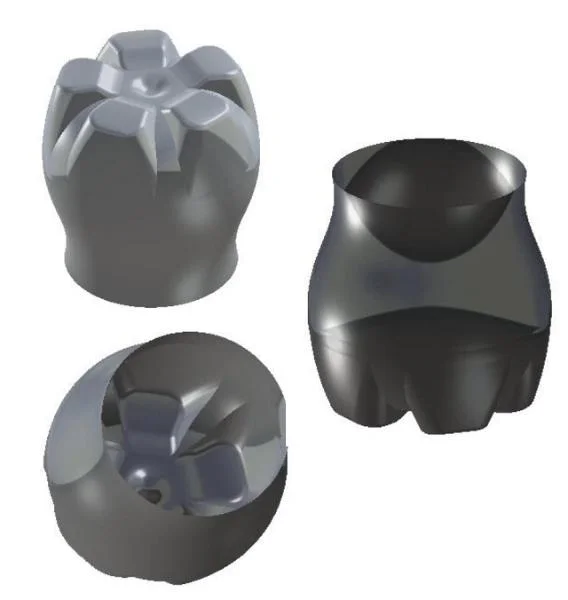
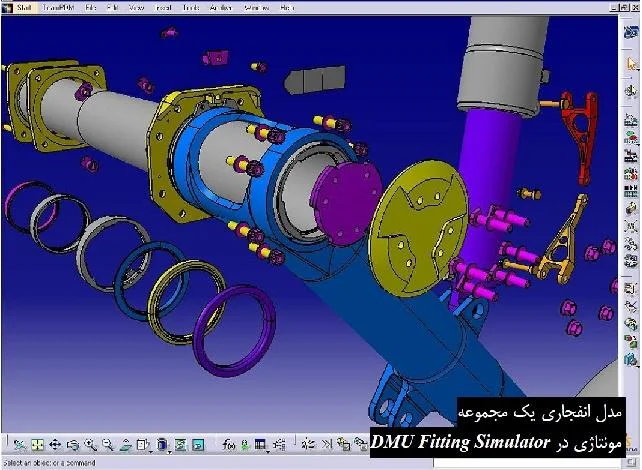
دیدگاه خود را بنویسید